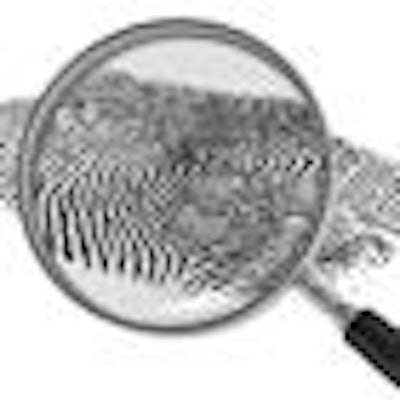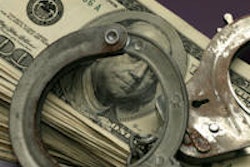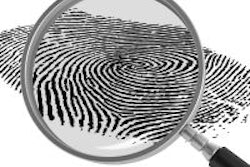
Part 1 of this two-part series described who typically embezzles from a dental practice and why. Part 2 describes how the frauds are committed and offers tips on how to avoid becoming a victim.
Embezzlement of dental practices is shockingly commonplace. Investigators estimate that at least 60% of dentists will be victims of fraud during their careers, with most embezzlers stealing at least $100,000 over the course of several years.
David Harris, a licensed private investigator who runs dental fraud investigation firm Prosperident, scrutinizes as many as 100 dental fraud cases per year.
“It just takes a certain amount of external stress to make the most trusted employee start manipulating records.”
— David Harris, Prosperident
"Preventing fraud is virtually impossible," he told DrBicuspid.com. "It just takes a certain amount of external stress to make the most trusted employee start manipulating records."
In one case, the embezzler was in cahoots with the mother of a 14-year-old patient. The embezzler submitted insurance claims for nine root canals in a single month. The embezzler and mother then split the money.
The theft was discovered when the embezzler took some time off and the dentist brought in a replacement. Meanwhile, the insurance company became suspicious and sent an agent to ask the dentist about the questionable procedures.
"They were ready to arrest the dentist when he picked up the chart and realized what was going on," Harris recalled.
So how do embezzlers do it? There are a number of methods, according to Harris. Some of their favorites include the following:
Lapping: This is when a patient pays cash and the embezzler pockets it. The embezzler then finds an insured patient and "up codes" the treatment when billing the insurance company. The excess is used to cover the account of the patient from whom the cash was stolen.
Write-offs: These are used to cover stolen funds; often combined with lapping. The embezzler steals from Patient A's account, then finds Patient B, a patient who was a good candidate for a write-off (such as moving away and unlikely to return). They then take the money paid by Patient B to cover the account of Patient A and write off the balance of Patient B's account.
Nonentries: To bypass the computer systems, embezzlers sometimes issue hand-written receipts to patients, explaining that the computer was down or the printer wasn't working. This gives them unaccounted-for funds that they can steal or lap to cover other thefts.
Payroll: Employees who are in charge of payroll can increase their pay to reflect many overtime hours weekly at time and a half. Dentists may be vaguely aware that the employee is working overtime but often don't realize it's at premium rates or that what the embezzler was doing during these well-paid extra hours was stealing from them and their associates.
 |
|
Example of actual check and tampered ledger entry. The lighter colored insert is the check ledger corresponding to this check, which has been altered from "Lyreco," an office supply company, to "Cash." This embezzler also changed the description to say it was a reimbursement for a party so the bank wouldn't get suspicious. When the bank statement came in, the embezzler would destroy the forged checks. Image courtesy of Prosperident. |
Fraudulent disbursements: Embezzlers use this method when several dentists practice together in a group. The dentists each maintain their own revenue account, into which their income is deposited. A common account also is usually used to pay rent, supplies, staff, etc. Employees who have signing authority on the common account typically write checks payable to "cash" on a monthly basis. Some offices use a one-write system for checks, in which a carbon-paper strip on the back of the check is used to record the details of the check on a check ledger. Embezzlers doctor the check ledger so the check appears to be for some other purpose. Embezzlers also cover thefts by drawing checks on the common account. They include this amount (camouflaged, of course) in the monthly accounting that they give to the dentists, who then reimburse it.
Harris offered these tips to help avoid employee fraud:
Know your employees and their problems.
Watch for patterns of behavior consistent with fraud. Employees who refuse to take vacation are a sure sign of trouble, as are employees who are frequently in the office alone at odd hours.
Investigate your suspicions. Trust your sense if you feel that something is wrong; it's usually a good warning sign. Harris says the number of calls from worried dentists whose suspicion turns out to be unsubstantiated is quite low.
Scrutinize resumes forensically.
Check references but don't use the phone numbers provided. Look them up yourself so you will know that you are really talking with the reference and not some friend of the prospective employee on a cellphone.
Look for inconsistencies. Ask previous employers where the applicant worked before and compare the answer with what's on the resume.
Ask former employers to confirm exact dates of employment. Applicants sometimes try to cover a checkered past by "stretching" the dates of favorable employment experiences.
"Everybody thinks it's not going to happen to them," Harris said. "But it can strike any practice."



















